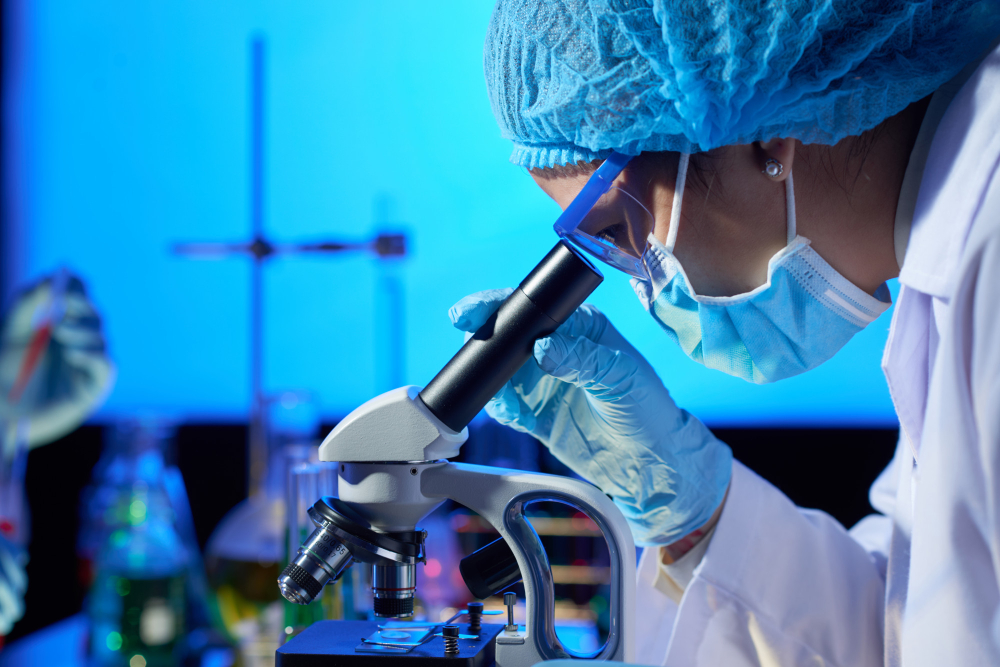Based on recent reports, farmers in 2002 were up against numerous barriers. When we consider the growing concerns that include unstable and extreme weather conditions, poor soil quality, water scarcity, economic pressures, and eroding farming space, it’s no secret that conditions haven’t been kind to the farming industry.
In the last 70 years, the nutrients in our food have decreased. Global plates are losing these nutrients as soil degrades at a rapid rate. The UN estimates that 2 billion people — nearly a quarter of the population suffer from a lack of micronutrients,” Jennifer Marston at afn.com, explains. “About one-third of the world’s soils are already degraded. This loss makes land less productive and, as illustrated above, puts both the food system and human health at risk.”
About 95 percent of the foods we eat come directly or indirectly from our soils. A recent sediment distribution research survey of Midwestern croplands assessed that 57.6 billion metric tons of topsoil have eroded over the last few decades with no signs of slowing down. This is unsettling and impacts us all.
After years of tracking environmental conditions associated with excessive fertilization, studying agricultural conditions globally, talking with government leaders, and listening to farmers voice concern over the challenges they face, I believe the future of agriculture depends on adopting technology-based, cost-saving practices that measure crop deficiencies, reduce the need for large quantities of chemicals, replenish and maintain soil and plant nutrients, and garner higher crop yields.
Areas that depend on agriculture but are facing challenging growing conditions, can greatly benefit from nanotechnology. New explorations in understanding the relationship between agriculture and nanotechnology show transformative signs of new farming practices that, over time, can reverse poor growing conditions and improve crop yields.
Nanotechnology is relatively new to the farming industry, but its applications have already proven successful in remediating contaminated soils and water supplies by helping develop more efficient water filtration systems. It has also contributed to food safety and security with applications that improve food packaging and processing.
A nanometer is one billionth of a meter. Nanotechnology uses biosensors and nanoparticles that improve nutrient absorption and detect pathogens by targeting the root on a molecular level. This results in the following:
Intended Delivery
Nanoparticles can be designed to specifically target plant roots, delivering nutrients directly to where they are needed. This reduces the amount of fertilizer lost to the environment and increases plant nutrient uptake efficiency.
Increased Nutrient Opportunity
Nanoparticles can be coated with specific compounds that increase the solubility of nutrients, making them more readily available to plants. For example, iron oxide nanoparticles have been coated with citric acid to enhance iron availability to plants.
Nanoparticles can be used to improve the delivery of nutrients to plants, increasing their uptake and reducing waste. This leads to more efficient use of fertilizers and reduces runoff into waterways.
Crop Defense
Nanoparticles can create innovative pesticide delivery systems that target specific pests, reducing the amount of pesticide needed and minimizing harm to beneficial insects and the environment.
Controlled Release of Nutrients
Nanoparticles can be engineered to slowly release nutrients over time, providing a consistent supply to plants. This can reduce the need for frequent fertilizer applications and improve plant growth.
Nanoparticles also improve soil health by increasing the availability of nutrients, improving soil structure, and reducing erosion. Nanosensors can detect contaminants in soil and water, allowing for early detection and remediation.
Maximized Uptake
Nanoparticles can be engineered to increase the uptake of nutrients by plants. For example, silica nanoparticles have been shown to increase phosphorus absorption by plants.
Our research in using nanoparticles in fertilizer has also perfected ways to quickly penetrate plant barriers for optimal nourishment avoiding wash away that impacts downstream waterways.
Using a fertilizer formulated with nanoparticles means farmers can use fewer chemicals without compromising plant production and growth. Farmers can treat the same acreage with cups of fertilizer rather than bags.
Water Use and Purification
Nanotechnology can help develop water purification systems to treat and recycle wastewater and remove contaminants from irrigation water.
Sustaining valuable water resources is a constant worry for farmers. In Utah, where Nano-Yield is headquartered, we see the effects of excessive fertilization leaking into our lakes and waterways. For instance, nitrogen and phosphorus are essential for plant growth, but harmful levels of these elements can contaminate water sources.
Effective water management is one of the advantages of nanotechnology-based agriculture, and it is crucial in any global region impacted by limited water resources. The unique surface area of nanomaterials supports the science behind this “new age” nanofiltration system.
Research shows that these materials have unique size-dependent properties related to their high specific surface area (fast dissolution, high reactivity, strong sorption) and discontinuous properties such as superparamagnetism, localized surface plasmon resonance, and quantum confinement effect.
These characteristics allow unique high-tech materials to develop for more efficient water and wastewater treatment processes: membranes, adsorption materials, nanocatalysts, functionalized surfaces, coatings, and reagents.
According to this study, the world’s population, forecasted to double from 3.4 billion in 2009 to 6.3 billion people in 2050, is “attended by a predicted needed growth of agriculture production of 70% by 2050.”
Studies show that 70 percent of the world’s freshwater supply is slated for agricultural irrigation, and 64 billion cubic meters of freshwater are progressively consumed annually.
The universal need for clean water, healthy soil, and access to food, illustrates the interconnectedness of agriculture.
Whether we grow crops in Beaver, Utah, or Bangladesh, the need for effective innovation in how we feed the world begins with optimizing plant growth and production at a molecular level while proactively caring for our soil and water supplies.
Nanotechnology has the potential to revolutionize agriculture by improving productivity, sustainability, and efficiency.
































































